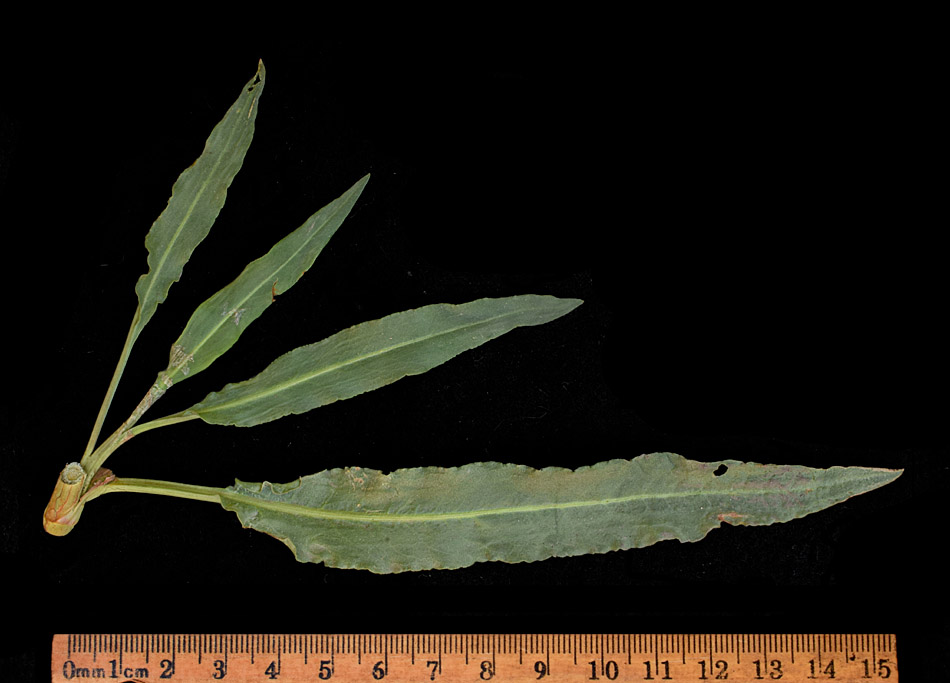
Narrow-Leaved Dock
Rumex salicifolius

Narrow-Leaved Dock
Lower Leaf Tuft
Regina
10-June-2020
I have tentatively identified this specimen as Rumex salicifolius because of the ascending stems, well-developed cauline leaves, presence of leafy axillary shoots, short jointed pedicels (although joint often obscure), and entire tepals. The presence of three large, equal tubercles would indicate this is var. triangulivalvis. However, the flowers of this specimen are unisexual, with both male and female flowers on the same plant. This is at odds with Manual of Montana Vascular Plants which states the flowers are perfect. I hope to investigate this further.
Salicifolius: Answers to key questions in Budd's Flora and Manual of Montana Vascular Plants leading to this species.
| |||||||||||||||||||||||||||||
Rumex: Answers to key questions in Budd's Flora and Manual of Montana Vascular Plants leading to this genus.
|
Polygonaceae: Answers to key questions in Manual of Montana Vascular Plants leading to this family.
|